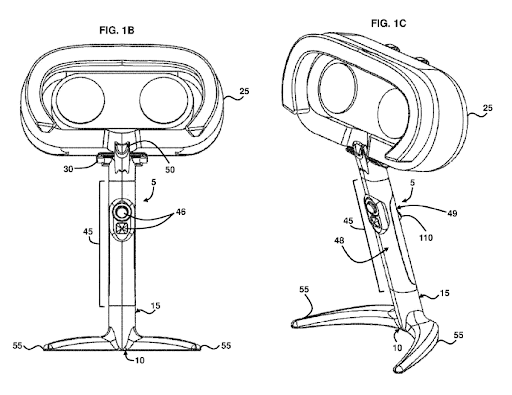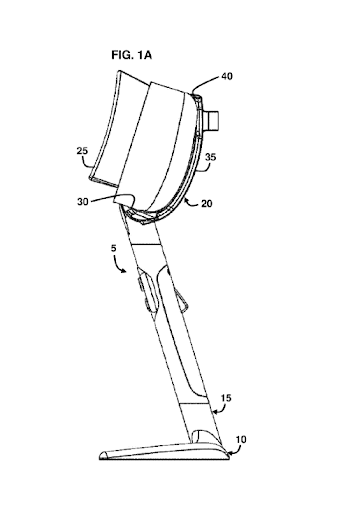
Interesting Patents | Tuesday, May 17, 2022
The United States Patent and Trademark Office (USPTO) grants hundreds of new patents every week, showcasing the most exciting developments in technology and innovation.
In this article, we highlight several interesting US patents recently issued by the USPTO.
Looking for more information on patents? Visit our Patents Page here. We also recommend that you check out our Intellectual Property Resources page for guides, videos, and insight on patents and inventorship. We also provide Tips on Choosing a Patent Lawyer.
Detecting Fake Videos
APPLE
US PAT. NO. 11,335,094
Invention Overview:
Apple has been granted a patent for detecting fake videos using image processing techniques. The process utilizes known verified videos of a subject as a reference to detect fake videos. Then, the video being analyzed uses the machine learning model trained on the verified videos to analyze and detect if a newly discovered video is fake. For example, the process may utilize the machine learning model to analyze the subject facial features.
Patent Abstract:
“In one embodiment, a method includes accessing a plurality of verified videos depicting one or more subjects, generating, based on the verified videos, a plurality of verified-video feature values corresponding to the subjects, generating, using one or more video transformations based on the verified videos, a plurality of fake videos, generating, based on the fake videos, a plurality of fake-video feature values, training a machine-learning model to determine whether a specified video is a genuine video, wherein the machine-learning model is trained based on the verified-video feature values and the fake-video feature values. The machine-learning model may be trained to classify the specified video in a genuine-video class or a fake-video class, and the machine-learning model maybe trained based on an association between a genuine-video class and the verified-video feature values and an association between a fake-video class and the fake-video feature values.”
Patent Detailed Description:
“Systems relying upon facial recognition to perform authentication and authorization may require a person to present their face to a camera in order to verify that the person’s face matches that of an authorized user. The person may attempt to gain unauthorized access to a computer system that uses such a facial recognition-based authentication process by holding up a life-size picture of the authorized user’s face. Recognizing that the facial image is not a live image of the authorized user being captured in real time may be difficult. If the authentication process simply grants access based on recognizing the face of the authorized user, then access may mistakenly be granted to an unauthorized party.
Machine-learning techniques, including neural networks, may be applied to some computer vision problems. Neural networks may be used to perform tasks such as image classification, object detection, and image segmentation. Neural networks have been trained to classify images using large datasets that include millions of images with ground truth labels.”
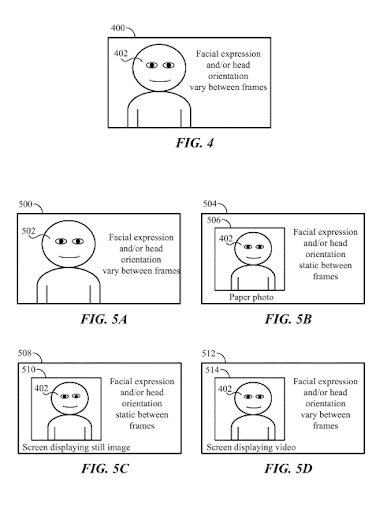
System and Method for an Emulator Executing a Secondary Application Using Rom Game Images
NINTENDO
US PAT. NO. 11,331,573
Invention Overview:
| Nintendo has been granted a patent relating to the functioning of an emulator. What is unique about Nintendo’s patented emulator is that it uses the game processing application and utilizes read-only memory (ROM) to execute part of the emulator’s functionality. Emulators allow hardware to simulate other types of hardware systems. Typically, emulators are needed when trying to play older video games on modern hardware. The games’ systems were released on utilized specialized hardware to run the game. As the game systems align more with desktop computer hardware, the need for emulators to replicate hardware has decreased, focusing on more recent games being backward compatible. |
Patent Abstract:
“An information processing apparatus includes: a storage medium storing at least ROM data for a game and an emulator program for executing the game based on the ROM data; and a processor. In a first mode, the processor executes game processing by an emulator, and in a second mode, the processor, while executing game processing based on the emulator, executes an application which is different from the game processing and in which at least some of game images included in the ROM data are displayed, by making a change on data to be processed by the emulator being executed.”
Patent Background:
“Conventionally, there has been known an information processing apparatus having stored therein an emulator program and a plurality of ROM data of games. In this apparatus, operation of a game apparatus released in the past can be reproduced by an emulator program, whereby it is possible to play a plurality of installed games.
The information processing apparatus as described above merely enables play of a game using an emulator. Thus, such an idea as further utilizing various contents (e.g., player character) included in the game has not been considered.
Accordingly, an object of the exemplary embodiments is to provide an information processing apparatus and the like that, as well as merely enabling play of a game using an emulator, enable execution of another application utilizing contents of the game.”

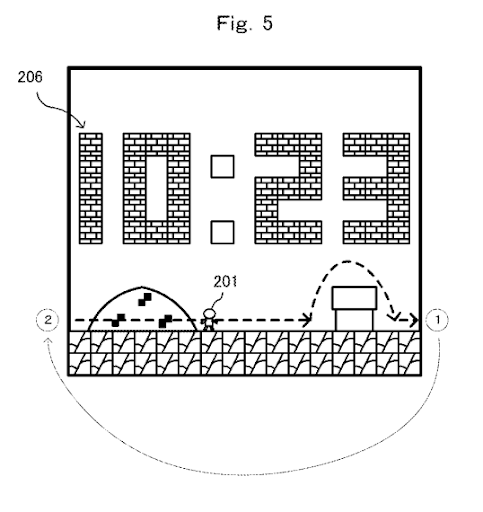
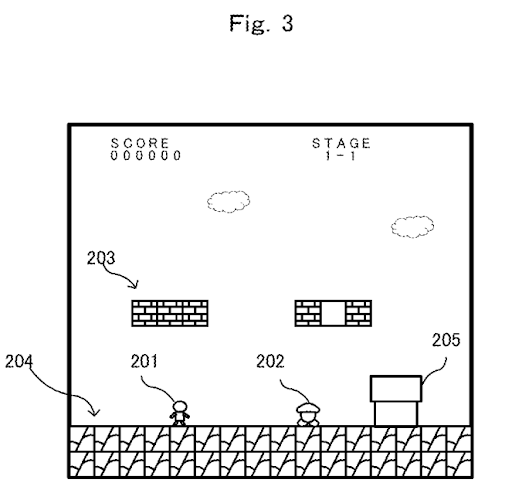
Virtual Reality Headset Stands
HP
US PAT. NO. 11,331,588
Invention Overview:
HP has been granted a patent for a virtual reality headset stand that functions as a docking station and controller system. The virtual reality headset stand incorporates docking capabilities to enable the controllers connected to the stand to control the avatar in the virtual reality environment. In some cases, this stand can be useful for developers working in traditional computing environments to develop virtual environments without needing to wear a headset.
Patent Abstract:
“An example virtual reality headset stand includes a base, a stem, and a docking station. The stem, which extends from the base, is angled toward the base. The docking station, which is attached to the stem, is angled away from the stem. The docking station is contoured to hold a virtual reality headset. The docking station includes a lip connected to the stem, a body portion connected to the lip, and a clip connected to the body portion.”
Patent Background:
“Augmented reality/virtual reality (AR/VR), hereinafter referred to as virtual reality, continues to increase in popularity both for entertainment and commercial purposes. Virtual reality headsets are worn on a user’s head and cover the user’s eyes. The headsets display the virtual reality images to a user and may be transitional as the user moves his/her head.”
